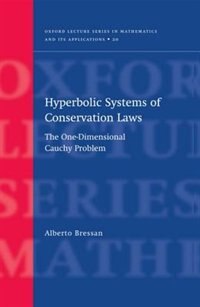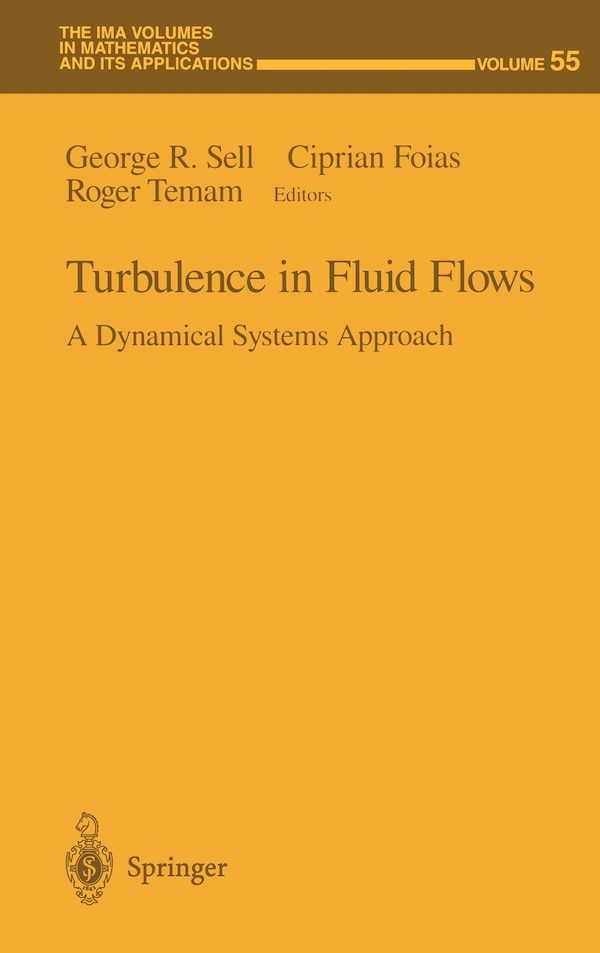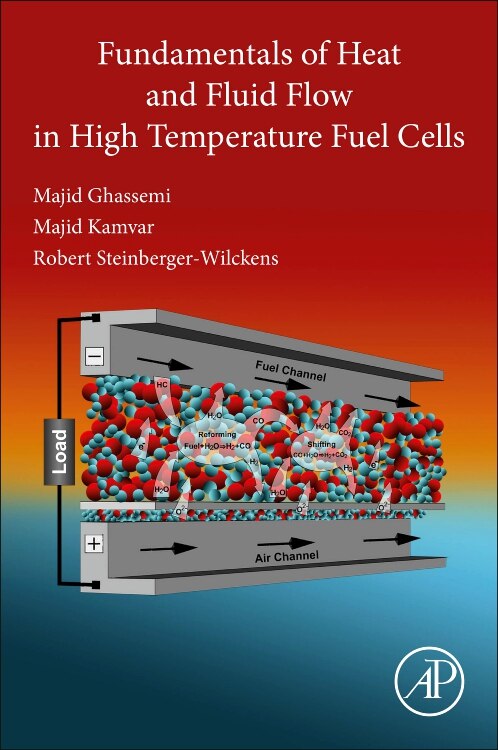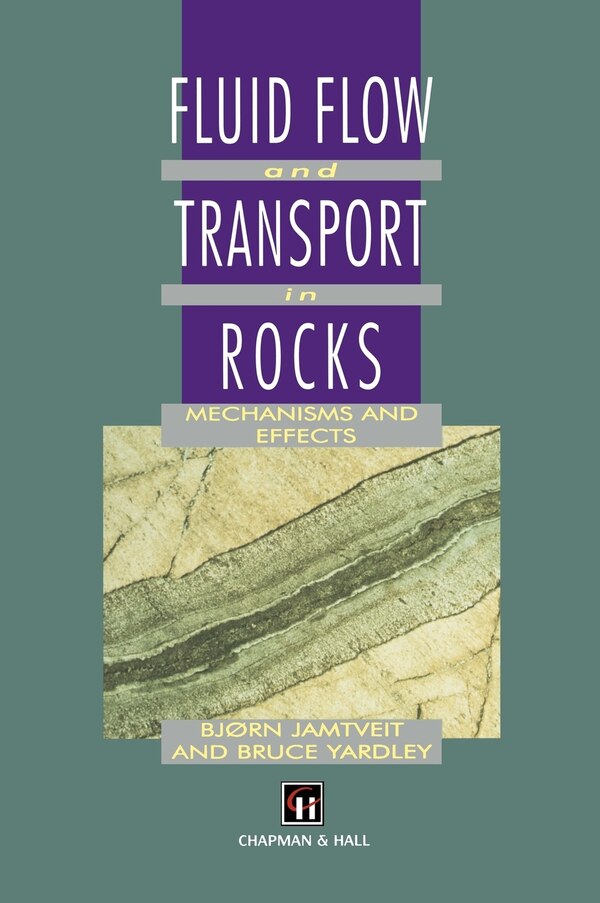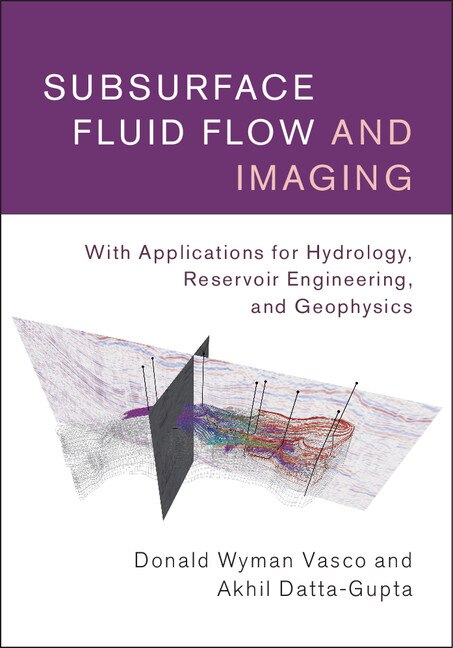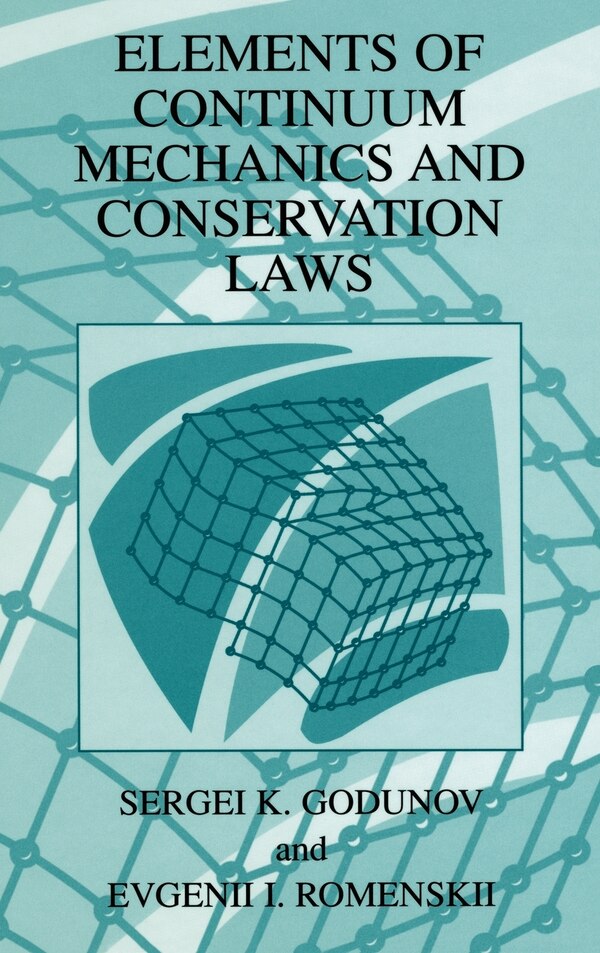
Give the Gift of Choice!
Too many options? Treat your friends and family to their favourite stores with a Bayshore Shopping Centre gift card, redeemable at participating retailers throughout the centre. Click below to purchase yours today!Purchase HereHome
Compressible Fluid Flow and Systems of Conservation Laws in Several Space Variables by A Majda, Paperback | Indigo Chapters
Coles
Loading Inventory...
Compressible Fluid Flow and Systems of Conservation Laws in Several Space Variables by A Majda, Paperback | Indigo Chapters in Ottawa, ON
From A Majda
Current price: $207.95

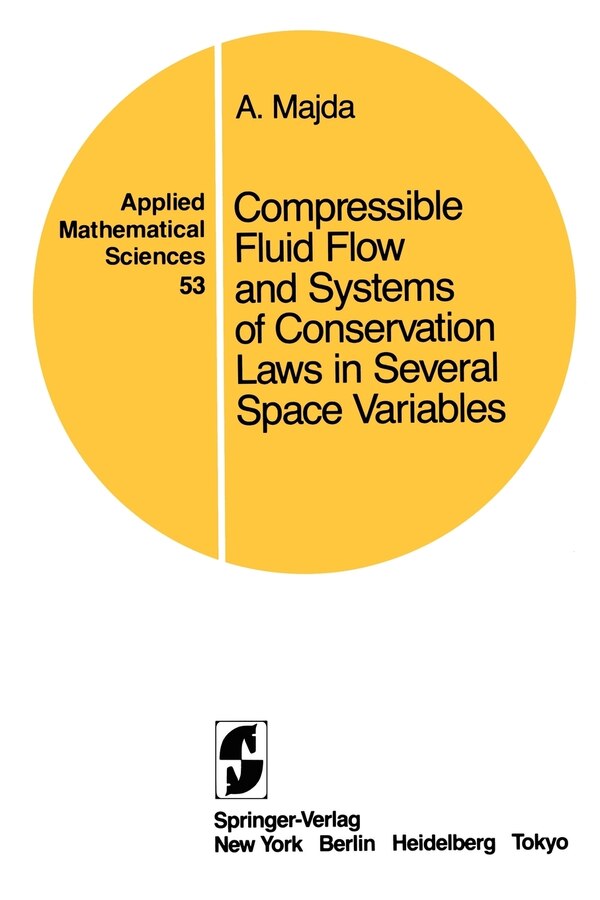
From A Majda
Compressible Fluid Flow and Systems of Conservation Laws in Several Space Variables by A Majda, Paperback | Indigo Chapters in Ottawa, ON
Current price: $207.95
Loading Inventory...
Size: 0.37 x 9.21 x 0.55
*Product information may vary - to confirm product availability, pricing, shipping and return information please contact Coles
Conservation laws arise from the modeling of physical processes through the following three steps: 1) The appropriate physical balance laws are derived for m-phy- t cal quantities, ul'~ with u = (ul' ... ,u ) and u(x, t) defined m for x = (xl'~) E RN (N = 1, 2, or 3), t > 0 and with the values m u(x, t) lying in an open subset, G, of R , the state space. The state space G arises because physical quantities such as the density or total energy should always be positive; thus the values of u are often con strained to an open set G. 2) The flux functions appearing in these balance laws are idealized through prescribed nonlinear functions, F.(u), mapping G into J j = 1, ... ,N while source terms are defined by S(u, x, t) with S a given smooth function of these arguments with values in Rm. In parti- lar, the detailed microscopic effects of diffusion and dissipation are ignored. 3) A generalized version of the principle of virtual work is applied (see Antman [1]). The formal result of applying the three steps (1)-(3) is that the m physical quantities u define a weak solution of an m x m system of conservation laws, o I + N(Wt'u + r W ·F.(u) + W·S(u, x, t))dxdt (1.1) R xR j=l Xj J for all W E C~(RN x R+), W(x, t) E Rm. | Compressible Fluid Flow and Systems of Conservation Laws in Several Space Variables by A Majda, Paperback | Indigo Chapters
Conservation laws arise from the modeling of physical processes through the following three steps: 1) The appropriate physical balance laws are derived for m-phy- t cal quantities, ul'~ with u = (ul' ... ,u ) and u(x, t) defined m for x = (xl'~) E RN (N = 1, 2, or 3), t > 0 and with the values m u(x, t) lying in an open subset, G, of R , the state space. The state space G arises because physical quantities such as the density or total energy should always be positive; thus the values of u are often con strained to an open set G. 2) The flux functions appearing in these balance laws are idealized through prescribed nonlinear functions, F.(u), mapping G into J j = 1, ... ,N while source terms are defined by S(u, x, t) with S a given smooth function of these arguments with values in Rm. In parti- lar, the detailed microscopic effects of diffusion and dissipation are ignored. 3) A generalized version of the principle of virtual work is applied (see Antman [1]). The formal result of applying the three steps (1)-(3) is that the m physical quantities u define a weak solution of an m x m system of conservation laws, o I + N(Wt'u + r W ·F.(u) + W·S(u, x, t))dxdt (1.1) R xR j=l Xj J for all W E C~(RN x R+), W(x, t) E Rm. | Compressible Fluid Flow and Systems of Conservation Laws in Several Space Variables by A Majda, Paperback | Indigo Chapters
